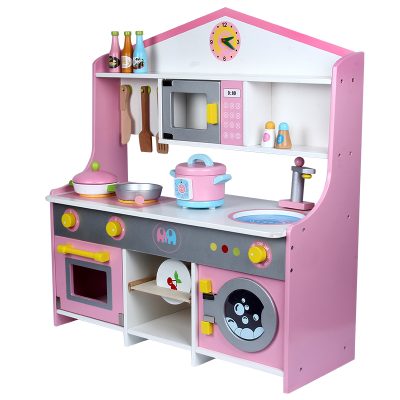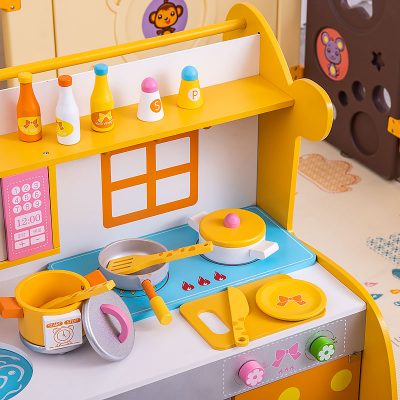Image toys, technical toys, assembly and assembly toys, construction and structure toys, sports activity toys, music and sound toys, labor activity toys, decorative toys and self-made toys, etc. The general educational requirements for toys are: to promote the overall development of children’s physical, moral, intellectual and beautiful; to meet the characteristics of children’s age, to satisfy their curiosity, activeness and desire for exploration activities; to be beautiful in shape and to reflect the typical characteristics of things; The activities are changeable, which helps to encourage learning; it meets the hygiene requirements, the color is non-toxic, easy to clean and disinfect; it meets the safety requirements, etc.
Picture 1.jpg
kids toys
The role of children’s toys
1. Toys mobilize children’s enthusiasm
The physical and mental development of children is realized in activities. Toys can be freely manipulated, manipulated and used for children, which conforms to the children’s psychological hobby and ability level. It can meet their needs for activities and increase their enthusiasm for activities. For example, “rocking horse” toys, children will naturally ride on and swing back and forth, which not only meets their activity requirements, but also makes them have positive and happy emotions, so they will not get tired of playing for a long time. Another example is “doll” toys, which can cause children to do a variety of activities. Children of all ages can play games with dolls based on their own life experiences, which can vary from simple to complex.
2, toys enhance perceptual awareness
toys have the characteristics of intuitive image, children can touch, hold, listen, blow, watch, etc., which is conducive to the training of various sense organs. Such as colored towers, blow molding toys, various dolls and toy animals, etc. are conducive to visual training; eight-tone bears, small pianos, tambourines, small horns, etc. can train hearing; building blocks, plastic pieces, and structural models can be developed Spatial perception; various puzzles, inlaid toys, soft plastic toys, etc. can exercise the sense of touch; pulling duck carts, trolleys, tricycles, two-wheelers, etc. contribute to the development of kinesiology. Toys not only enrich children’s perceptual knowledge while developing sensory and motor abilities, but also help to consolidate the impression that children obtain in life. When children do not have extensive exposure to real life, they learn about the world through toys.
3. Toys cause association activities
Like hospital toys, dolls’ toys can arouse children’s associations with hospitals and families, and encourage them to develop creative role games; some labor tool toys can cause children to perform simulated tasks such as planting trees, digging rivers, and building. Some toys are specially used for thinking training, such as various chess, various intellectual toys, etc., which can improve children’s ability of analysis, synthesis, comparison, judgment, reasoning, etc., and cultivate the depth, flexibility and agility of thinking.
4. Positive thinking, imagination
and manifested through other activities of the hands or body. For example, when playing with “plastic accumulation” toys, children must conceive, imagine, and choose materials to achieve the intended purpose; when assembling, they must both use their hands and use their brains. Toddlers will encounter some difficulties when using toys for activities. These difficulties require them to rely on their own strength to overcome and persist in completing tasks, thus cultivating the excellent quality of overcoming difficulties and working hard.
5. Help cultivate a collective mindset and a spirit of cooperation
Some toys are required for children to use together. Such as “phone” toys, there must be both parties on the phone, and even a pager, which can help children understand the learning and life experience, practice and cooperate with peers. Another example is the “long rope” toy, which requires many children to use it collectively. In the long rope skipping game, children coordinate each other’s movements and strengthen the collective concept.

















